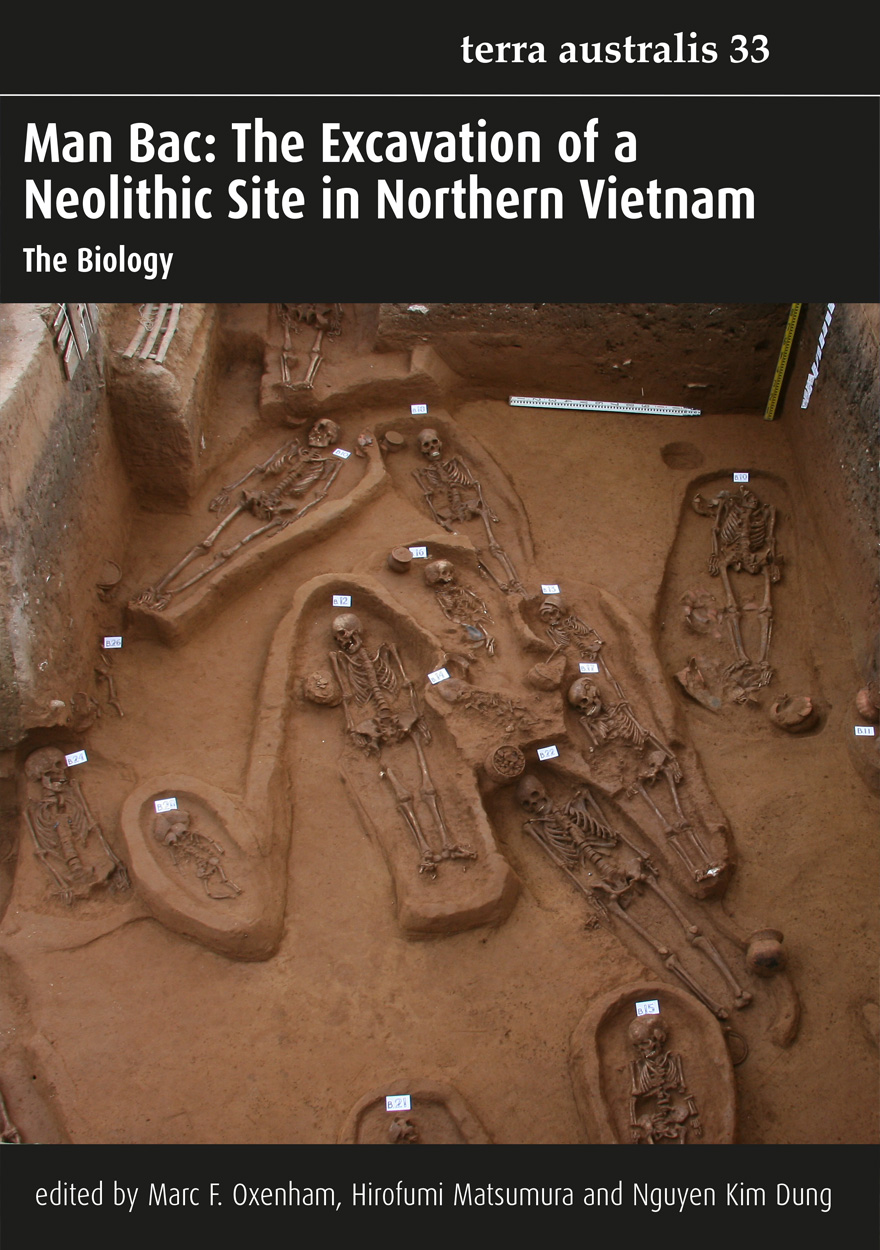Marc F. Oxenham
Marc F Oxenham is an Associate Professor in the School of Archaeology & Anthropology in Biological Anthropology & Archaeology at The Australian National University. He is currently an Australian Future Fellow with a research focus on human biological responses to major changes in subsistence, technology and mobility in the ancient Southeast Asian past. Marc is also a consulting forensic anthropologist and archaeologist who has worked extensively with Unrecovered War Casualties – Army (UWCA) over the last several years.

Taxonomic Tapestries »
The Threads of Evolutionary, Behavioural and Conservation Research




